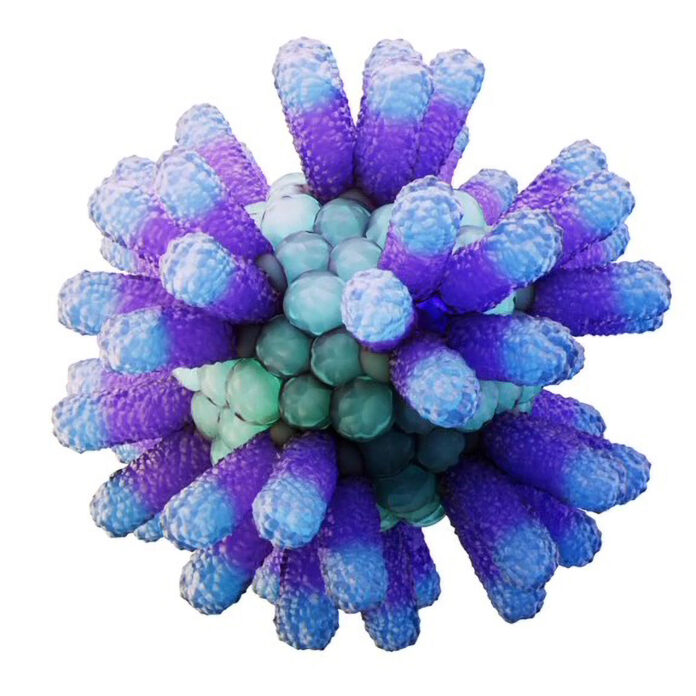We know that we’re colonized by many viruses—bacteriophages, viruses that infect other microorganisms, viruses that infect human cells, and viruses present as transients in food. But we still need to learn more about the total collection of human commensal viruses—the human virome.
In April 2022, the human virome was the subject of an NIH Common Fund workshop. At this event, many discussions focused on anelloviruses (AVs). These are small, nonenveloped viruses that contain single-stranded, circular DNA. Not only are AVs the most common viruses that infect the human body, but they are also widely distributed in our tissues and cells.
Beyond the workshop, AVs are of keen interest to the biotechnology industry. “AVs are the most common viruses you’ve never heard of,” says Tuyen Ong, MD, CEO of Ring Therapeutics. “They’re ubiquitous. Everyone has them.”
Ong notes that AVs display genetic diversity. This diversity, he believes, leads to specific and special phenotypic properties that could make AVs ideal for delivering genetic therapies.
“We all have AVs at low levels, so the body somehow tolerates AVs,” Ong continues. “We have data to suggest a structural reason for this immune privilege. AVs display tropism, which is lacking in the gene therapy space, and initial preclinical gene therapy experiments allow redosing and different routes of administration.”
Ring Therapeutics collaborated with Johns Hopkins University to test antigenicity from AV surface–expressed peptides. The results showed that AVs are less antigenic than other viruses. Also, an immune screen was performed with human IVIG, a super-concentrated serum containing immunoglobulins from thousands of patients. No neutralizing anti-AV antibodies were found.
Ring Therapeutics has sequenced AVs from different tissues to create a library of over 5,000 sequences that enables its Anellogy platform to develop an array of AnelloVector therapeutics. The company’s scientists determine which cells and tissues the AVs come from, helping resolve questions about tropism. The scientists also use machine learning to increase predictability.
A component of every AV sequence, ORF1, encodes the capsid, and the capsid assembly platform allows delivery of different payloads. “You have modularity,” Ong says. “We generate pure protein that comes together, and then you add the DNA or RNA separately to deliver the payload of interest.” The native payload is about 3.8 kb, comparable to AAV.
“We have taken sequences from different tissues, synthetically generated vectors, and included a reporter payload such as eGFP,” Ong details. “When we inject these vectors into mice, they light up in the tissues of interest. We have also seen transduction in the central nervous system and in the eye. One vector is comparable to two gold standards, AAV2 and AAV9, based on our preclinical data.”
“Mother Nature has engineered AVs to be tropic and to evade our immune system,” Ong points out. “They offer the opportunity to reach tissues that may not be addressable with AAV.”


